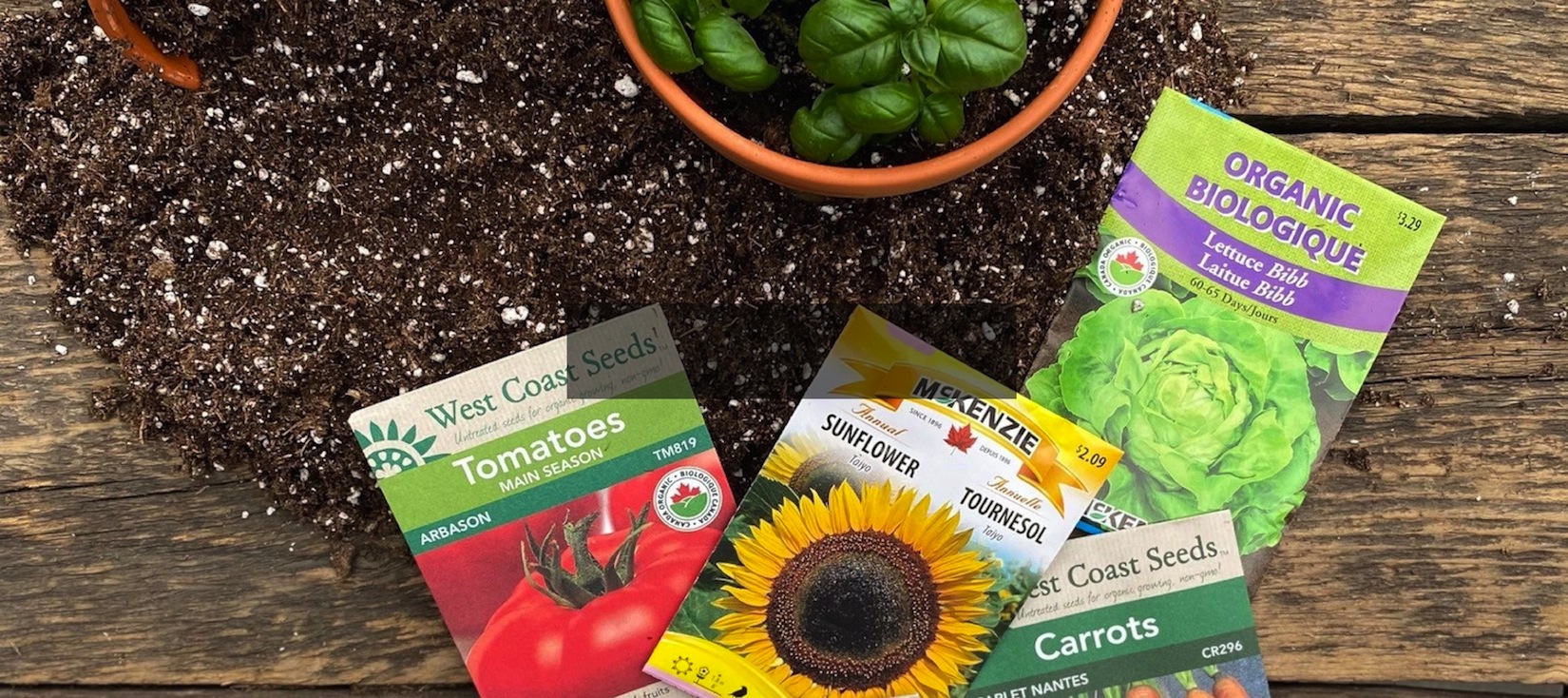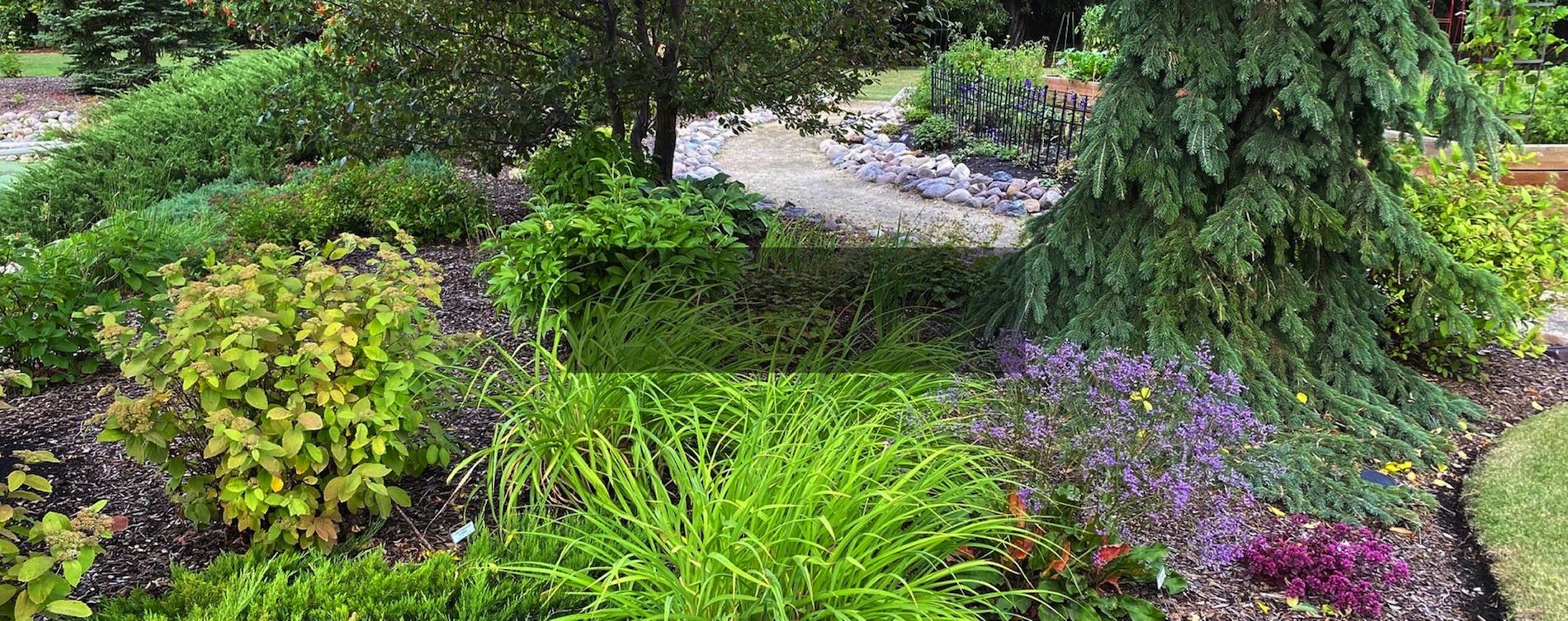Growing Tender Roses
Zones 4-6

Location
Plant in an area with at least 6 hours of continuous sunshine and good air circulation. Soil should be deep, well drained loam, rich in organic matter and a PH of 6-7.

Planting
The planting hole should be twice as wide as the root ball and 6 – 8 inches deeper than the graft or branching terminal. Water all transplants well. After planting, water in well with a water-soluble fertilizer such as 10-52- 10 or Root Booster (10-15-10), leaving a slight depression around the plant to make watering easier. Remove any broken or damaged branches. Pruning at planting time should be limited to removal of broken or damaged branches.
Fertilizer
In a rich fertile soil, only an annual spring application of fertilizer is needed. In poor soil, 2-3 feedings from late spring to mid-July may be applied. Use fertilizers specifically formulated for roses to ensure adequate micronutrients are available for healthy growth.

Pruning
The planting hole should be twice as wide as the root ball and 6 – 8 inches deeper than the graft or branching terminal. Water all transplants well. After planting, water in well with a water-soluble fertilizer such as 10-52- 10 or Root Booster (10-15-10), leaving a slight depression around the plant to make watering easier.
Remove any broken or damaged branches. Pruning at planting time should be limited to removal of broken or damaged branches.
Watering
Roses are tolerant to dry periods once established however during dry spells, deep watering about once a week is required. Roses require 5 gallons of water per week. Avoid wetting the leaves or splashing soil on them. Watering in the morning gives the leaves a chance to dry preventing any problems with diseases. Roses do not compete well with weeds. Herbicides should not be applied during the first year. Mulches can be an effective weed barrier and conserve soil moisture at the same time.
Pests and Diseases
Aphids are sometimes a bother and insecticide may be required. An all-purpose insecticidal soap or rose dust may be applied according to directions. Powdery mildew can be controlled by spraying 1.5 tbsp of baking soda to 1L of water.
Winter Care of Hybrid Tea Roses
Before placing mounds of protection around your roses there are a few things that need to be done first. Clean around the bushes, taking care to get all the dead leaves etc. as these can be sources of fungal disease.
Remove broken or dead canes. Give your roses a final soaking of water, this should be done several days before the ground freezes. Materials to use for mounding are well pulverized dry soil, shredded bark mulch, dry peat moss, dry sawdust, or dry straw. Snow also makes an excellent insulator and can be piled up around the mound later. It is not a good idea to use fresh leaves as these might be damp and can cause the mound to be soggy and end up rotting some of the canes.

Tree Roses
Graft must be protected. You can overwinter in a cool but protected space for the winter – an unheated garage (attached garage) with the pot raised up (not on cold concrete) against the wall attached to the home. If overwintering outdoors, a trench needs to be dug, and the tree needs to be laid down with the graft 6-8″ below the soil line. Then, the entire plant/trench can be covered with a thick layer of straw or mulch.
Tender Climbing Roses
Anchor canes to ground and cover with straw.
In Spring
During extremely cold winters, canes may freeze and die back to the snow line. In the spring the dead wood should be removed and maintenance pruning practices should be followed.
Be careful not to remove the protective covering too soon in the spring, this could cause the rose to die from spring-kill. Wait until other trees in your yard are starting to bud before uncovering. Remove the protection gradually, one layer at a time. Keep something handy to cover in the event of frost or late snowfall.





